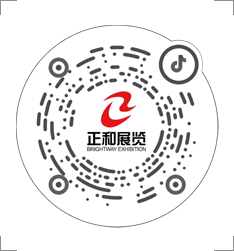Details
Zero-tariff policy promotes win-win agricultural cooperation between China and Africa
12-12
Recently, China has officially granted 100% tariff-free treatment to products from all its established least developed countries, including 33 African countries. This will not only facilitate the flow of high-quality African agricultural products from African farms to Chinese tables, but also further drive industrial development in Africa and promote poverty reduction. However, it should be noted that this policy is not a unilateral aid policy for Africa, but a win-win cooperation between China and Africa.
For many African countries, agriculture is the foundation of the national economy, and agricultural transformation and upgrading is an effective way to alleviate poverty. Over the past few decades, numerous empirical studies have shown that economic growth in the agricultural sector is a major contributor to increased incomes for the poor, and its effect on poverty reduction is more than double that of growth in any other sector. The African continent, especially sub-Saharan Africa, remains predominantly agricultural. In most countries, agriculture accounts for more than 30% of GDP, and agricultural employment accounts for more than 70% of total employment. Moreover, the majority of the population lives in rural areas, making agriculture the lifeblood of these countries' socio-economic systems. However, Africa's poverty is closely related to the low efficiency and limited added value of its agriculture.
Furthermore, China-Africa agricultural cooperation is not limited to production and import links, but also includes extensive cooperation between the two sides in agriculture, services, and other sectors throughout the entire process. Currently, a large number of Chinese companies have achieved "going global" through this, finding new "blue oceans" for development. China's labor-intensive, intensive farming techniques provide a reference for Africa to overcome capital constraints and technological bottlenecks. Meanwhile, manual and semi-manual agricultural machinery and tools, once widely used in China, also have good market prospects in Africa. I know an Ethiopian deputy minister who, although not in charge of agriculture, specially showed me a video of a Chinese mini-tractor operating on his phone, excitedly saying that this is what Ethiopia needs and hoping I could help find the model and contact the supplier for import. The vast demand generated by the transformation and upgrading of African agriculture can be a direction for Chinese companies to consider.
China-Africa agricultural cooperation is still in a stage of transformation and upgrading, and both sides have broad space for mutually beneficial cooperation. Many agricultural products exported from Africa have mainly been exported as raw materials for many years, resulting in very limited added value and profit. For example, Ghana is the world's second-largest exporter of cocoa, but the world's well-known chocolate brands mostly come from Western countries such as Belgium, Switzerland, and the United States. China has already launched cooperation projects such as "One Country, One Product: Global Action for Green Development of Specialty Agricultural Products" in African countries in cooperation with the Food and Agriculture Organization of the United Nations. This is expected to create "African products" with higher added value through bilateral and multilateral cooperation. Accordingly, the demand for exhibitions, advertising services, and food processing generated by the project will also provide further opportunities for cooperation and business improvement for Chinese companies in Africa.
Latest News





